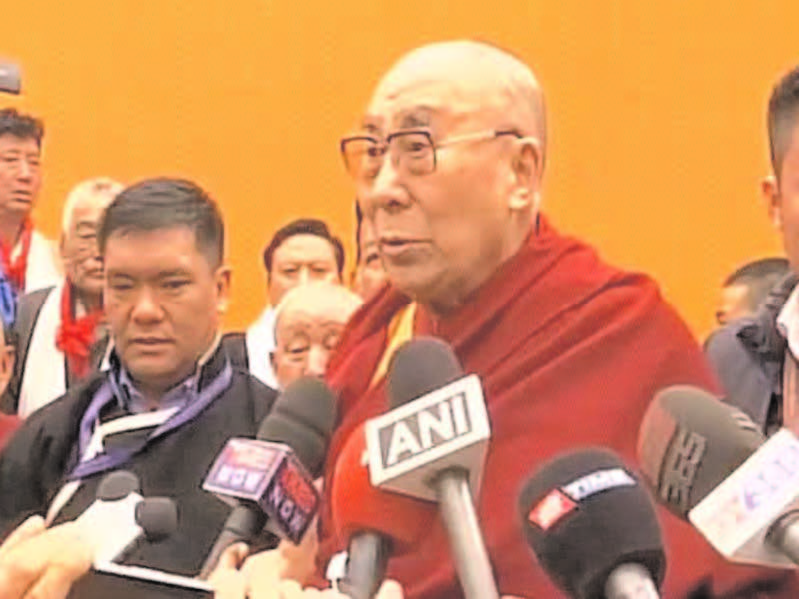
Economy
The economy of India is the tenthlargest in the world by nominal GDP and the third largest by purchasing power parity (PPP). The country is one of the G-20 major economies and a member of BRICS. On a per capita income basis, India ranked 140th by nominal GDP and 129th by GDP (PPP) in 2011, according to the IMF. India is the nineteenth largest exporter and tenth largest importer in the world. Economic growth rate stood at around 6.5% for the 2011-12 fiscal year. The independence-era Indian economy (from 1947 to 1991) was based on a mixed economy combining features of capitalism and socialism, resulting in an inwardlooking, interventionist policies and import-substituting economy that failed to take advantage of the postwar expansion of trade. This model contributed to widespread inefficiencies and corruption, and the failings of this system were due largely to its poor implementation. In 1991, India adopted liberal and free-market oriented principles and liberalized its economy to international trade under the guidance of Manmohan Singh, who then was the Finance Minister of India under the leadership of P.V. Narasimha Rao the then Prime Minister who eliminated License Raj a pre- and post-British Era mechanism of strict government control on setting up new industry. Following these strong economic reforms, and a strong focus on developing national infrastructure such as the Golden Quadrilateral project by Atal Bihari Vajpayee, the then Prime Minister, the country’s economic growth progressed at a rapid pace with very high rates of growth and large increases in the incomes of people.
Pre-liberalization period (1947-1991)
Indian economic policy after independence was influenced by the colonial experience, which was seen by Indian leaders as exploitative, and by those leaders’ exposure to British social democracy as well as the progress achieved by the planned economy of the Soviet Union. Domestic policy tended towards protectionism, with a strong emphasis on import substitution industrialization, economic interventionism, a large public sector, business regulation, and central planning, while trade and foreign investment policies were relatively liberal. Five-Year Plans of India resembled central planning in the Soviet Union. Steel, mining, machine tools, telecommunications, insurance, and power plants, among other industries, were effectively nationalized in the mid-1950s. Jawaharlal Nehru, the first prime minister of India, along with the statistician Prasanta Chandra Mahalanobis, formulated and oversaw economic policy during the initial years of the country’s existence. They expected favorable outcomes from their strategy, involving the rapid development of heavy industry by both public and private sectors, and based on direct and indirect state intervention, rather than the more extreme Sovietstyle central command system. The policy of concentrating simultaneously on capital- and technology-intensive heavy industry and subsidizing manual, low-skill cottage industries was criticized by economist Milton Friedman, who thought it would waste capital and labor, and retard the development of small manufacturers.[61] The rate of growth of the Indian economy in the first three decades after independence was derisively referred to as the Hindu rate of growth by economists, because of the unfavorable comparison with growth rates in other Asian countries. Since 1965, the use of high-yielding varieties of seeds, increased fertilizers and improved irrigation facilities collectively contributed to the Green Revolution in India, which improved the condition of agriculture by increasing crop productivity, improving crop patterns and strengthening forward and backward linkages between agriculture and industry.[64] However, it has also been criticized as an unsustainable effort, resulting in the growth of capitalistic farming, ignoring institutional reforms and widening income disparities. Subsequently the Emergency and Garibi Hatao concept by which the income tax levels at one point raised to a maximum of 97.5%, a record in the world for non-communist economies, started diluting the earlier efforts.
Post-liberalization period (since 1991)
In the late 1970s, the government led by Morarji Desai eased restrictions on capacity expansion for incumbent companies, removed price controls, reduced corporate taxes and promoted the creation of small scale industries in large numbers. However, the subsequent government policy of Fabian socialism hampered the benefits of the economy, leading to high fiscal deficits and a worsening current account. The collapse of the Soviet Union, which was India’s major trading partner, and the Gulf War, which caused a spike in oil prices, resulted in a major balance-ofpayments crisis for India, which found itself facing the prospect of defaulting on its loans.[66] India asked for a $1.8 billion bailout loan from the International Monetary Fund (IMF), which in return demanded reforms.[67] In response, Prime Minister Narasimha Rao, along with his finance minister Manmohan Singh, initiated the economic liberalization of 1991. The reforms did away with the License Raj, reduced tariffs and interest rates and ended many public monopolies, allowing automatic approval of foreign direct investment in many sectors. Since then, the overall thrust of liberalization has remained the same, although no government has tried to take on powerful lobbies such as trade unions and farmers, on contentious issues such as reforming labor laws and reducing agricultural subsidies. By the turn of the 20th century, India had progressed towards a freemarket economy, with a substantial reduction in state control of the economy and increased financial liberalization. This has been accompanied by increases in life expectancy, literacy rates and food security, although urban residents have benefited more than agricultural residents. While the credit rating of India was hit by its nuclear weapons tests in 1998, it has since been raised to investment level in 2003 by S&P and Moody’s. In 2003, Goldman Sachs predicted that India’s GDP in current prices would overtake France and Italy by 2020, Germany, UK and Russia by 2025 and Japan by 2035, making it the third largest economy of the world, behind the US and China. India is often seen by most economists as a rising economic superpower and is believed to play a major role in the global economy in the 21st century.





Be the first to comment